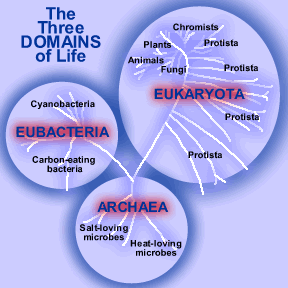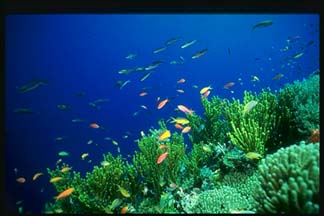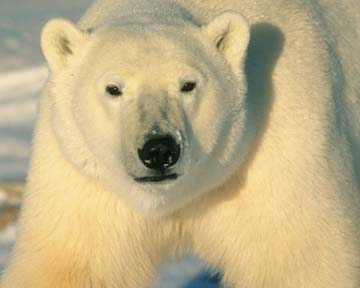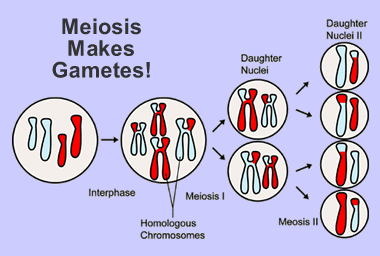Click on image for full size
Windows to the Universe original image
Classification of Living Things
Scientists have found and described approximately 1.75 million species on Earth. Plus, new species are being discovered every day. From tiny bacteria to yeasts to starfish to blue whales, life's diversity is truly impressive! With such a diversity of life on Earth, how does one go about making sense of it all?
One way to make sense of it is by classification. Scientists put similar species into groups so that those millions of species do not seem so overwhelming. People rely on their knowledge of classification to understand what different species are like. You may have done this without even thinking about it! For instance, let’s say that a friend of yours tells you that he saw an egret last weekend. You have never heard of an egret before, but if he tells you that an egret is a type of bird, you should have some idea of what it is like.
Living things are divided into three groups based on their genetic similarity. The three groups are:
- Archaea: very ancient prokaryotic microbes.
- Eubacteria: More advanced prokaryotic microbes.
- Eukaryota: All life forms with eukaryotic cells including plants and animals
These three groups are called domains. The figure at the left shows the three domains of life. The distance between groups indicates how closely related they are. Groups that are close together, like plants and animals, are much more closely related than groups that are far apart, like plants and bacteria. Do you see how the two types of microbes, Archaea and Eubacteria, are about as similar to one another as they are to animals? Recent studies have found that microbes are far more diverse than anyone had suspected.
The Eukaryota domain is divided into several groups called kingdoms.
- Kingdom Protista – Organisms with just one eukaryotic cell
- Kingdom Fungi – Including mushrooms and other fungus
- Kingdom Plantae – Including trees, grass and flowers
- Kingdom Animalia – From snails to birds to mammals like you!
Within each kingdom, species are further classified into groups based on similarities. For example, the full classification of a human is:
- Domain Eukarya
- Kingdom Animalia
- Phylum Chordata
- Subphylum Vertebrata
- Class Mammalia
- Order Primates
- Family Hominidae
- Genus Homo
- Species sapiens
- Species sapiens
- Genus Homo
- Family Hominidae
- Order Primates
- Class Mammalia
- Subphylum Vertebrata
- Phylum Chordata
- Kingdom Animalia















